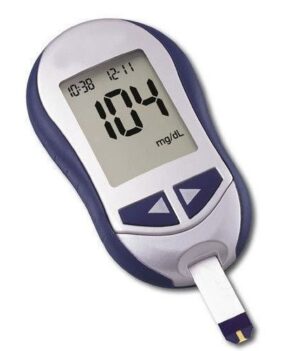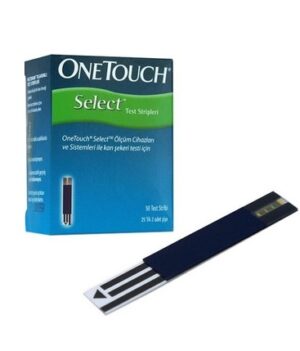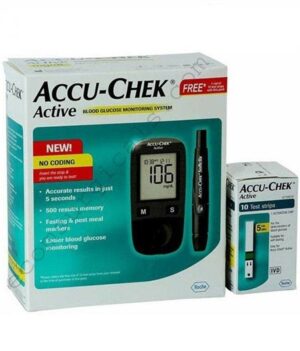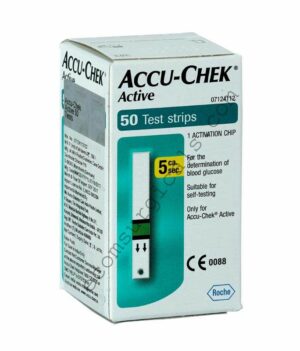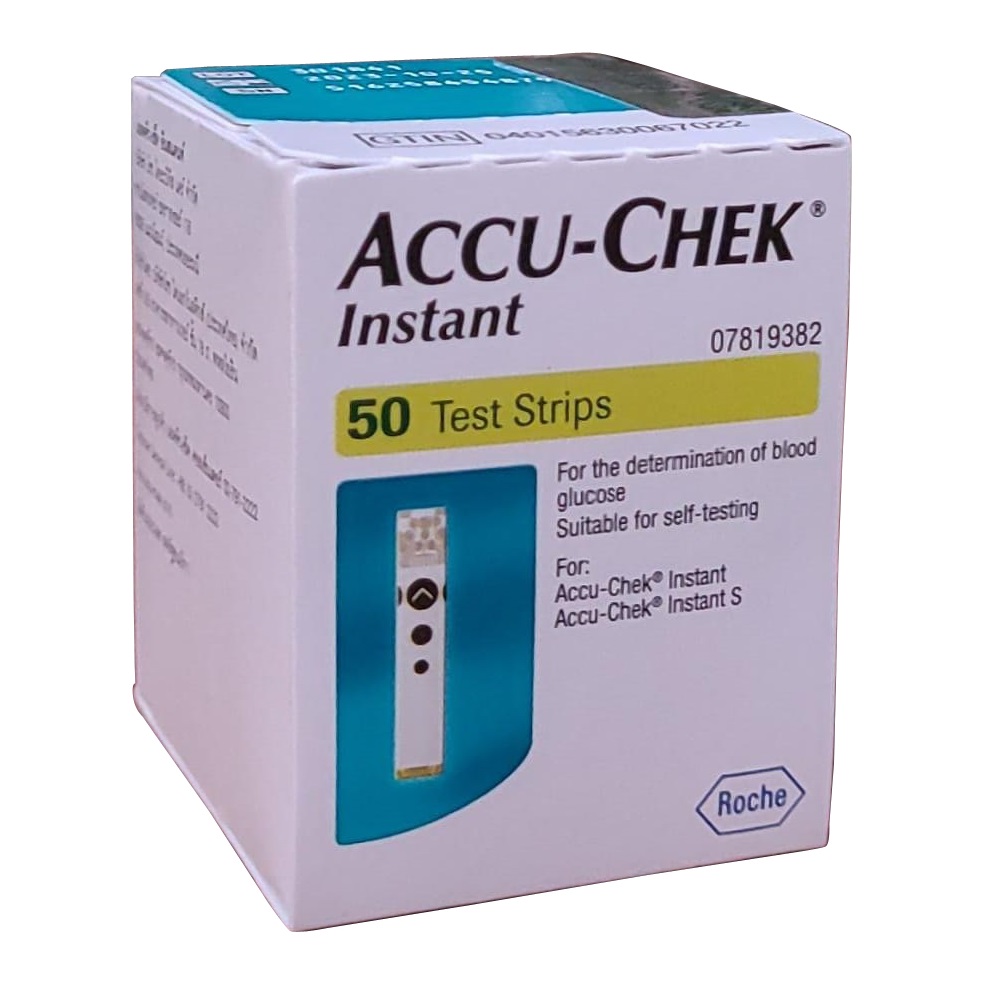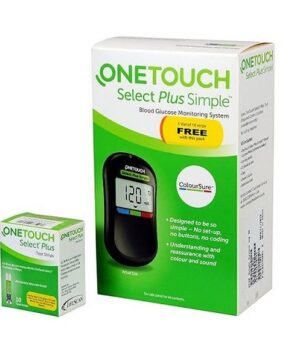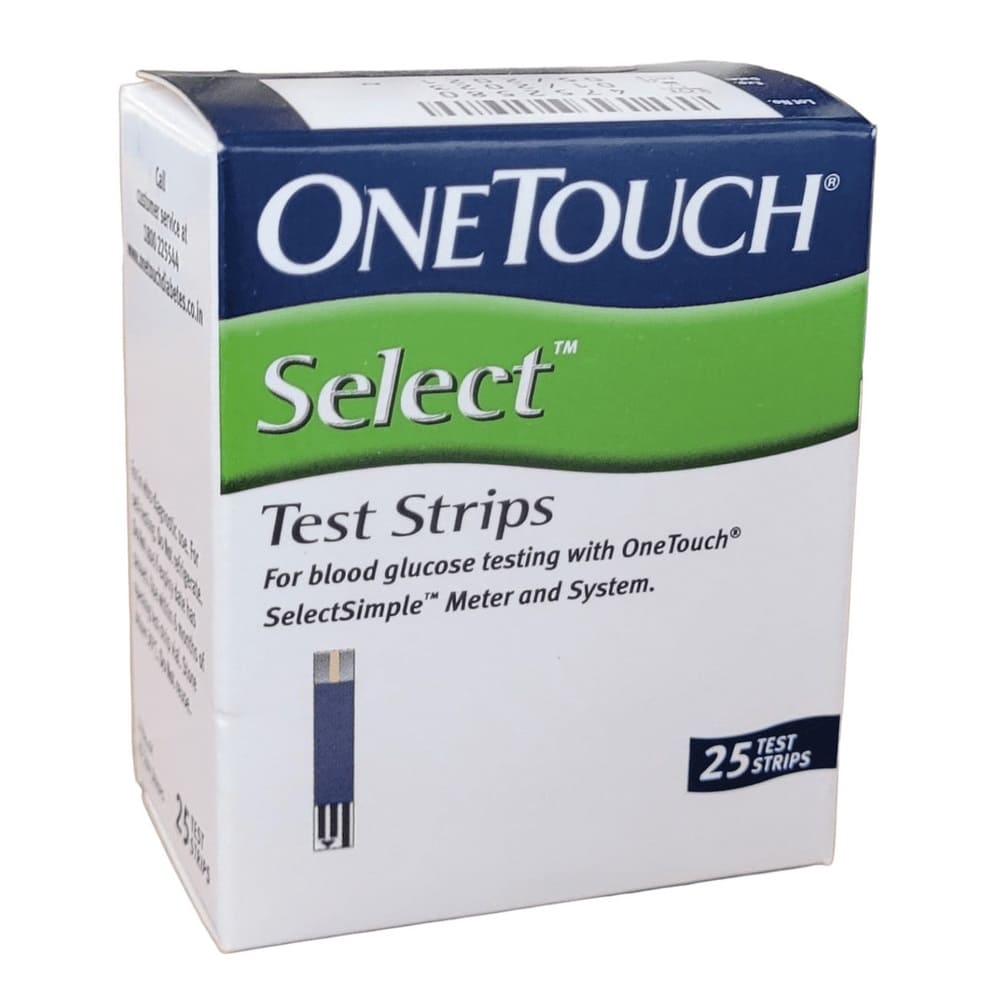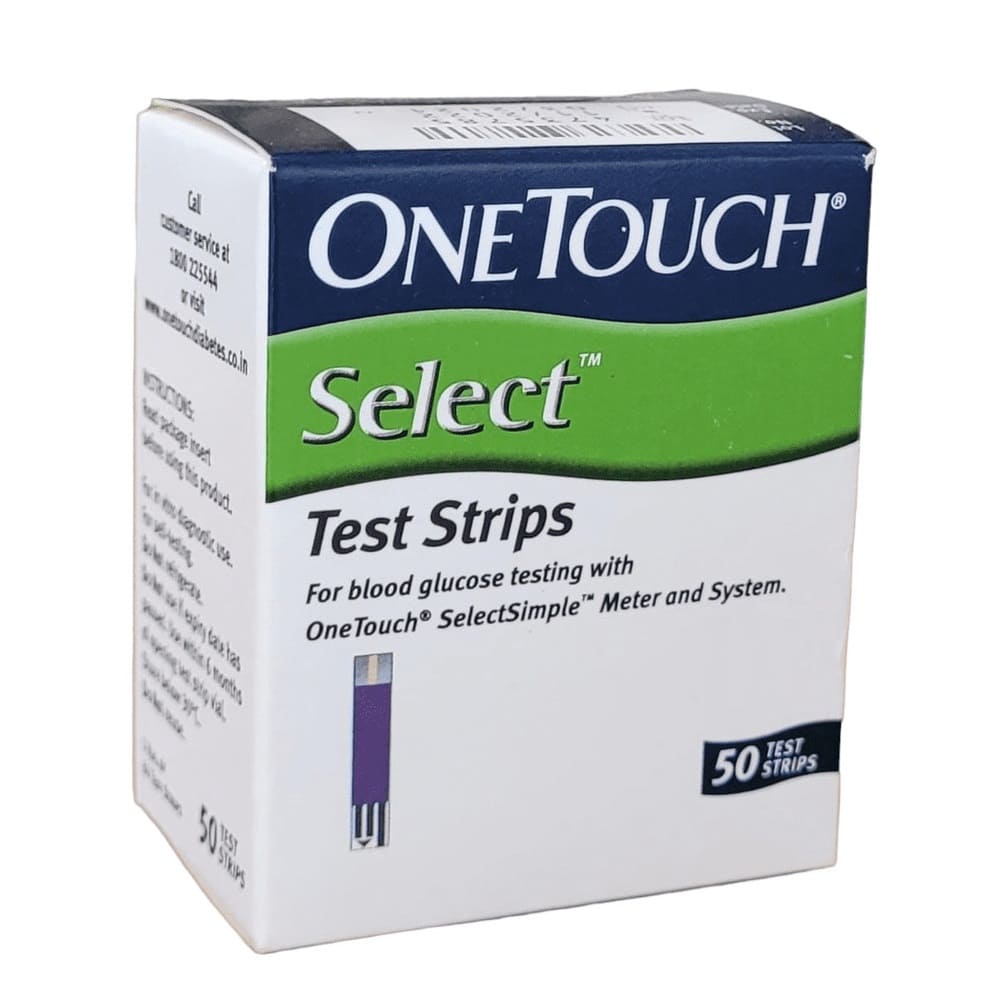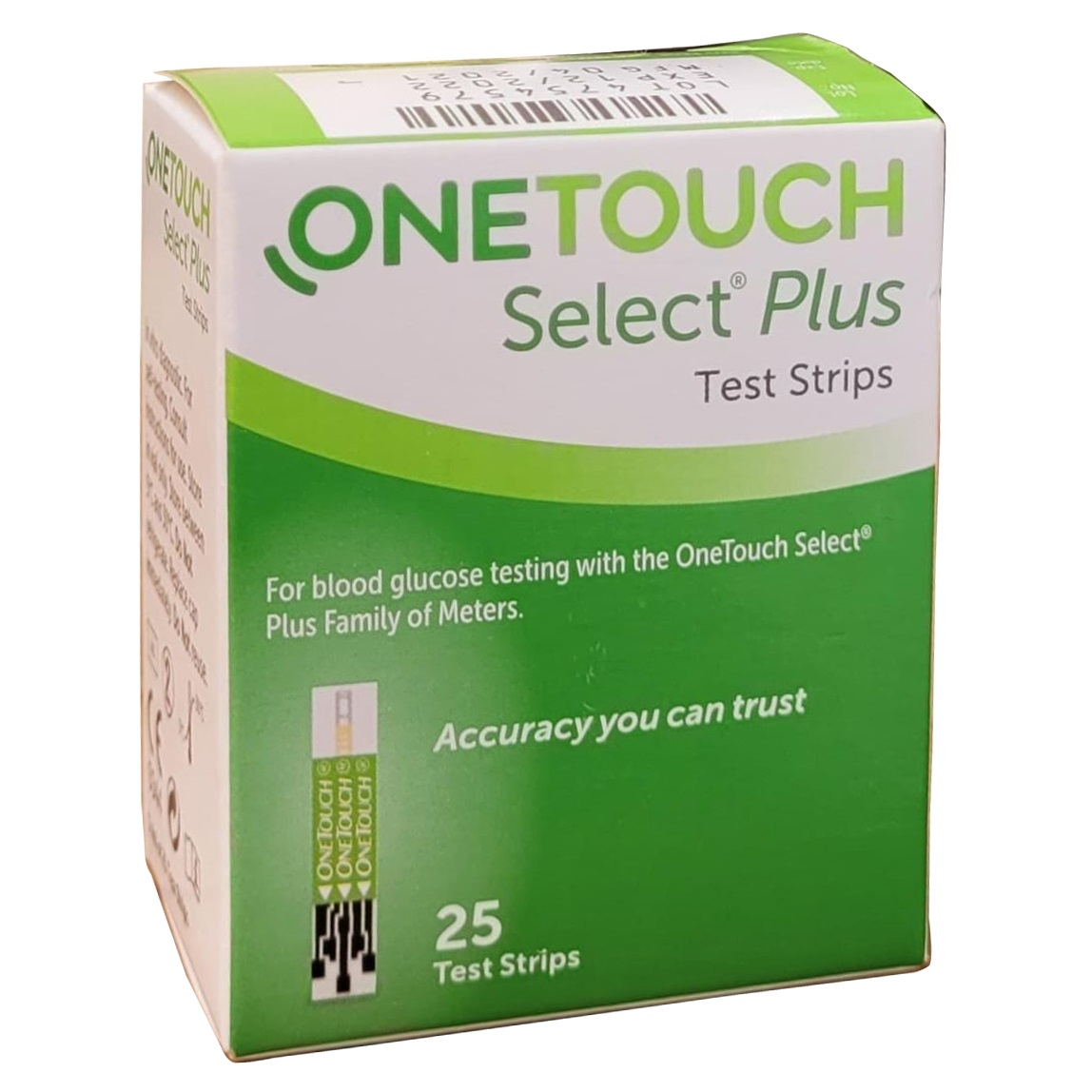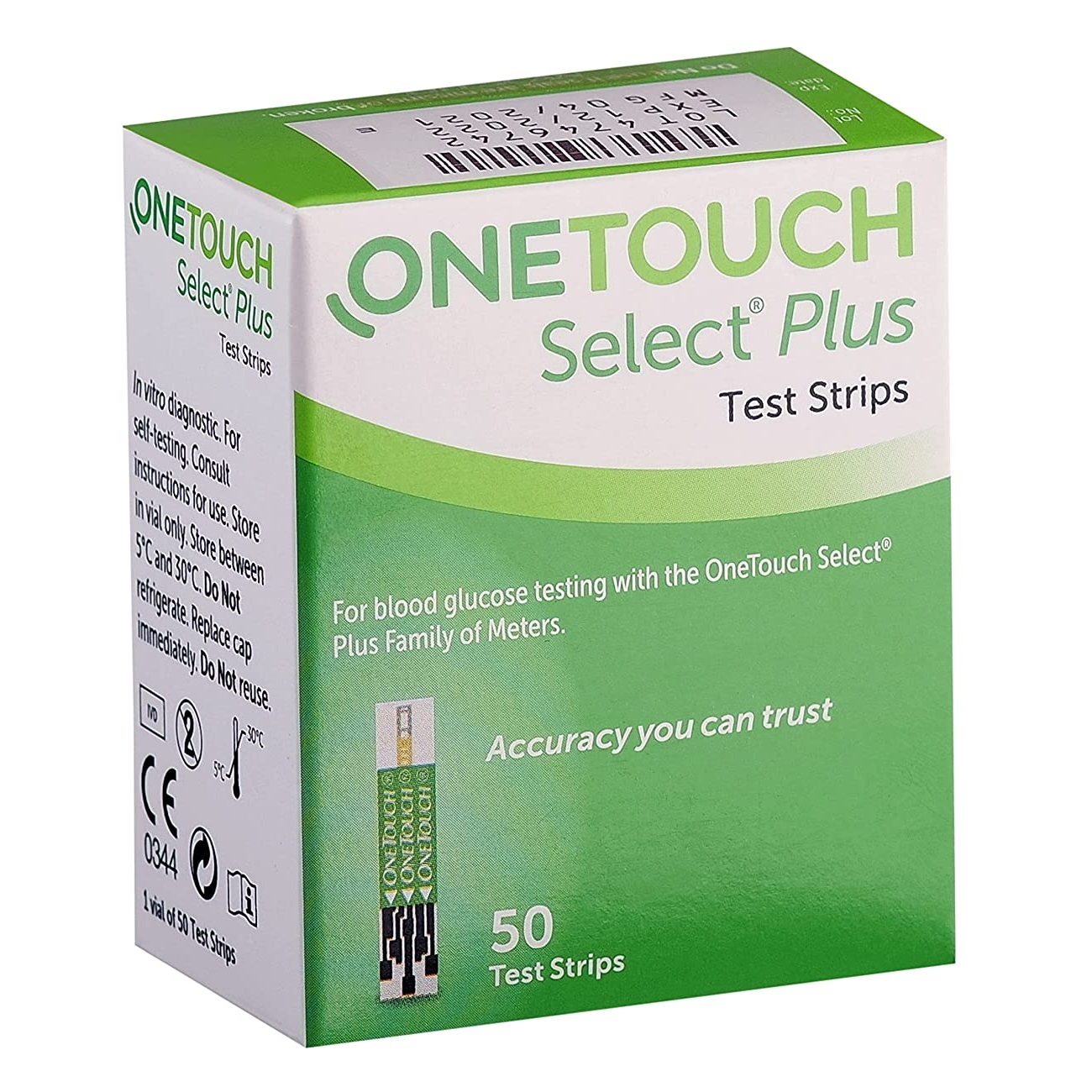MRP: Rs. 1599/-
Strip Expiry 08.06.2022, 10-Year Manufacturer Warranty
₹ 1,399.00MRP: Rs. 1849/-
Strip Expiry: July 2024
Free Shipping, All inclusive price
₹ 1,799.00MRP: Rs. 975/-
Strip Expiry June 2024
Free Shipping
₹ 999.00MRP: Rs. 1099/-
Strip Expiry: 20.01.2022
₹ 999.00MRP: Rs. 1849/-
Strip Expiry: July 2024
₹ 1,599.00MRP: Rs. 1049/-
Strip Expiry: July 2024
₹ 899.00MRP: Rs. 1390/-
Strip Expiry: Nov 2022, 10-year manufacturer warranty.
₹ 899.00MRP: Rs. 690/-
Strip Expiry: March 2025
₹ 650.00MRP: Rs. 1145/-
Strip Expiry: July 2024
₹ 1,049.00MRP: Rs. 625/-
Strip Expiry: June 2024
Only for OneTouch Select Plus Simple Machine
₹ 624.00MRP: Rs. 1095/-
Strip Expiry: July 2024
Only to be used with OneTouch Select Plus Simple Machine
₹ 1,049.00
Apart from medications and lifestyle changes, regular blood glucose monitoring is a crucial part of effective diabetes management. Moreover, you can quickly perform this test at home using a portable device known as a blood glucose monitor or glucometer. The procedure is entirely painless.
Most diabetic cases require regular blood sugar monitoring. Visiting a nearby lab every time is not practical. While most of us understand the importance of fasting glucose and HbA1C, we often neglect postprandial readings. In the morning on an empty stomach, people take fasting glucose readings, while HbA1C indicates the average glucose level over the past three months.
Many people take medications on time, exercise regularly, maintain good fasting values, yet their HbA1C levels remain suboptimal, or they continue to experience numbness in their feet, worsening vision, and hypertension. Notably, postprandial spikes in blood glucose can cause all of these issues. Furthermore, modern science recognizes the significance of postprandial blood glucose control, something best achieved through home sugar monitoring.
Why should you monitor your blood sugar at home?
Home blood sugar monitoring is also referred to as Self-Monitored Blood Glucose (SMBG). People need to regularly monitor their glucose levels at home to:
- Evaluate how well they are achieving their treatment goals.
- Understand how exercise and medications are contributing to disease management.
- Assess how stress or various dietary choices affect glucose levels.
- Ensure the correct dosage of insulin, if it is being used – this helps prevent the dangerous complication of hypoglycemia due to insulin overdose, which can be fatal in some cases.
For those with well-controlled or less severe diabetes (like early type 2 diabetes), a less intensive pattern is sufficient. This entails testing blood glucose only twice a month, once while fasting and another postprandial, preferably after the most substantial meal.
For more severe cases or individuals on insulin, Dr. Kranti recommends an intensive pattern that involves testing blood glucose seven times a day for three consecutive days. This method provides a clear picture of glucose levels throughout the day and is necessary when diabetes is poorly controlled or medications seem ineffective.
Tips for Choosing a Blood Glucose Monitor
First and foremost, always purchase a blood glucose monitor from a reputable manufacturer and a well-recommended store. Glucometers from reputable manufacturers offer high accuracy. Consider factors such as memory capacity, test time, and the required blood sample amount for testing. Some models even provide an average of your readings, which can be helpful. Investing in a reliable blood glucose monitor is wise, as you won’t need to buy one frequently. Global brands like OneTouch and Accu-Chek are recommended options. Another advantage of choosing such brands is the widespread availability of testing strips worldwide.
How to Perform a Blood Sugar Test at Home?
Once you have acquired a blood glucose monitor, the process is straightforward. Moreover, most glucometers come with detailed instructions. Here are some essential steps:
- Wash your hands thoroughly.
- Prepare the lancing device, a pen-sized device that makes skin pricking almost painless. Additionally, this device allows you to adjust the pricking depth for various skin types. Thicker skin may require a deeper prick.
- Prepare the blood glucose monitor according to the manufacturer’s instructions by inserting the test strip.
- Use the lancing device to prick the side of your fingertip.
- Accurately place a drop of blood on the test strip.
- Follow the manufacturer’s instructions to obtain a reading from the glucometer. Moreover, it takes only a few seconds to get results.
- Use a clean cotton ball to apply pressure at the bleeding site to stop the bleeding.
By following these steps and regularly monitoring your blood sugar levels, you can better manage your diabetes and take control of your health.



